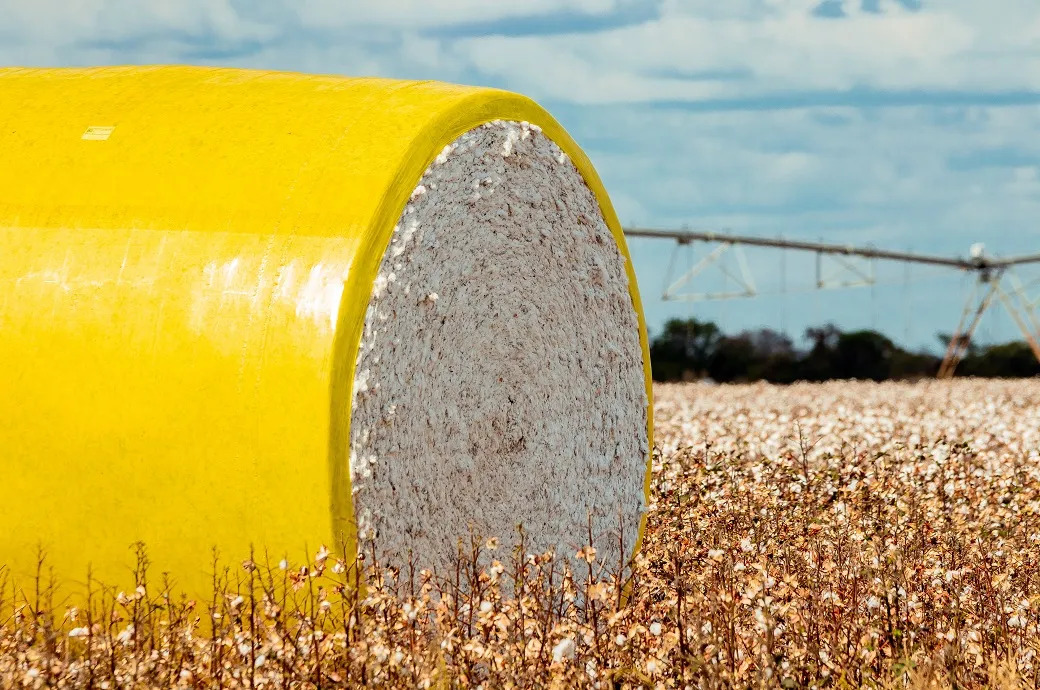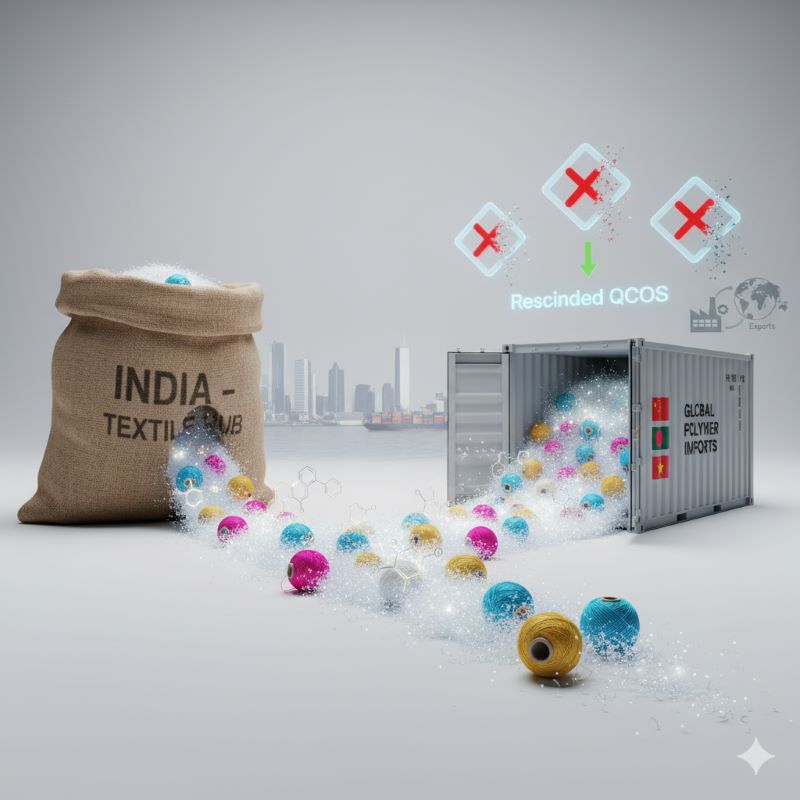 The planet’s biodiversity is declining at a fast rate with the apparel industry being one of the most significant contributors to this loss. Indeed, global apparel companies have been launching myriad initiatives to become carbon neutral. However, measuring the impact of their operations on the environment requires multiple metrics and indicators. McKinsey & Company has made a deep study of the effect of each apparel value chain on Earth’s biodiversity and identified some of the largest contributors to its loss. These include:
The planet’s biodiversity is declining at a fast rate with the apparel industry being one of the most significant contributors to this loss. Indeed, global apparel companies have been launching myriad initiatives to become carbon neutral. However, measuring the impact of their operations on the environment requires multiple metrics and indicators. McKinsey & Company has made a deep study of the effect of each apparel value chain on Earth’s biodiversity and identified some of the largest contributors to its loss. These include:
High use of insecticides and pesticide in cotton farming: Although grown on only 2.4 per cent of global cropland, cotton accounts for 22.5 per cent of the world’s insecticide and pesticide use. It is also a water-intensive crop with around 713 gallons (2,700 liters) of water needed to produce one T-shirt.
Unethical sourcing of wood-based fibers: Around 30 per cent of man-made cellulose fibers (MMCFs) are obtained from endangered plantations. The water and soil pollution from chemicals used in the plantation of these forests results in habitat loss and endangering of species.
from chemicals used in the plantation of these forests results in habitat loss and endangering of species.
Exploiting fresh water resources: Textile dyeing and treatment, which overexploit freshwater resources and contaminate waterways, accounts for approximately 25 percent of industrial water pollution. The European Union classifies around 165 of the 1,900 chemicals used in clothing production as being hazardous to the health or the environment.
Contamination with microfibers: The report states on an average of 700,000 fibers are released in a standard laundry load, what’s more7 and half a million tons of microfibers (which are a type of microplastic) flow on the oceans every year. An estimated 35 percent of primary microplastics in the world’s oceans originate from the washing of synthetic textiles. Toxic chemicals in synthetic microfibers poison marine wildlife
Unmanaged waste: Around 12 per cent of textile waste is broken down into its component materials, and less than one per cent is closed loop recycled. Nearly three-fourths—73 per cent—of textile waste is incinerated or ends up in landfills, which release pollutants into their surroundings and contribute to habitat loss. Anywhere from 30 to 300 species per hectare may be lost during the development of just one landfill site
To mitigate these risks, apparel companies can adopt the following strategies:
Make materials more sustainable: Each of the materials used in the industry can be made more sustainable with new innovations and investments.
Support multiple production systems: The industry can optimize the environmental footprint of global cotton production by supporting multiple production systems. It can also develop low-impact alternatives to conventional fibers.
Tougher stance against waterway pollution: Waterway pollution from textile dyeing and processing requires a tougher stance from apparel brands. For this, brands can engage with suppliers to establish basic certification standards at scale. Suppliers should also comply with Zero Discharge of Hazardous Chemicals, Manufacturing Restricted Substances List (ZDHC MRSL), and Wastewater Guidelines, which regulate the use of hazardous chemicals and wastewater discharge.
Brands and suppliers can pursue high-tech options like moving from wet processing to waterless dyeing, which uses supercritical carbon dioxide, or to digital printing, which reduces water and chemical dependency. They can retrofit microfiber filters into their washing machines can help consumers prevent microfibers from entering waterways.
Make behavioral changes: Brands can minimize biodiversity loss by making simple behavioral adjustments and consumption choices like changing their washing-machine settings from delicate to cold express cycles.
They can also incentivize behavioral change by offering small vouchers in exchange for used clothing. The industry can provide viable business models for repair and reuse like Patagonia did in 2019, when its Worn Wear Program repaired more than 40,000 pieces of clothing.
Manage biodiversity like value creation. Brands can also manage biodiversity like financial performance by committing to new biodiversity science-based targets. They can team up with other apparel companies to invest in scaling and industrializing emerging, low-impact technologies and substitutes for nonsynthetic fibers.
Post COVID-19, biodiversity is likely to become an even greater concern for consumers and investors. Apparel industry should make bold moves to tackle it.












